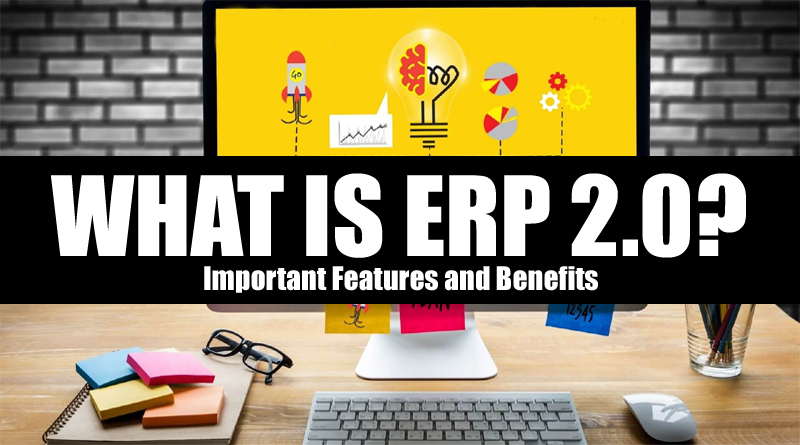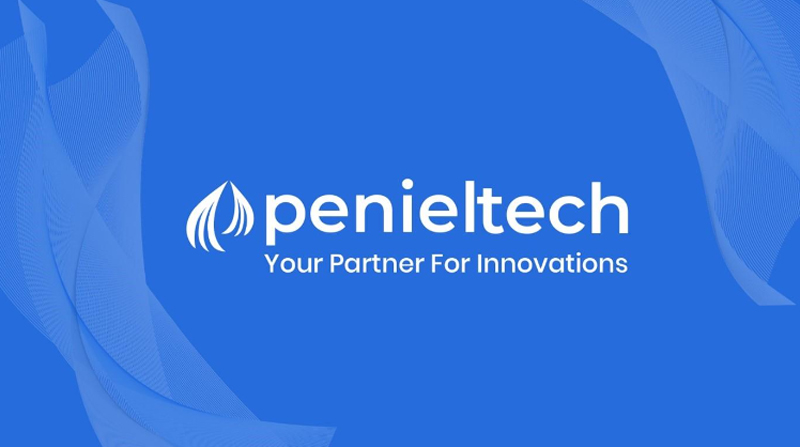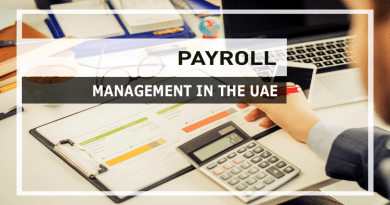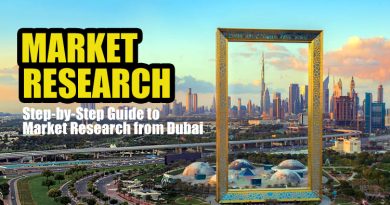What is ERP 2.0? Important Features & Benefits
ERP Software, or ERP 2, has undergone remarkable evolution and significant advancements. Its functionalities and capabilities have seen a substantial improvement compared to earlier versions. Let us delve into the transformative journey of ERP software over the years. Also, explore the essential features and benefits of ERP 2.0, and discover more about its capabilities.
Also Checkout:
- 6 Best Software Companies in Dubai
- Tips for Using Process Automation Software
- How Investing in Intercom Systems Enhance Communication and Security
Evolution of ERP to ERP 2.0
ERP 1.0, which stands for Enterprise Resource Planning, represents the natural progression from MRP 2.0 but with significantly enhanced features and functionalities. It encompasses crucial business functions like material management, purchasing, procurement, production planning and control, accounting and finance, human resources, and sales.
Compared to MRP 2.0, ERP is substantially improved by seamlessly integrating data and processes across multiple departments and locations. Consequently, it creates a unified source of real-time, accurate information for the organization.
ERP software offers modules for each organizational function. However, they do it by enabling companies to implement specific modules or opt for a full suite to manage their business using the integrated ERP platform efficiently.
One of the crucial distinctions between MRP 2.0 and ERP lies in its applicability beyond manufacturing industries. ERP can be adopted by businesses of all sizes, including small and medium enterprises, large corporations, construction companies, professional services providers, healthcare organizations, government entities, and more. ERP software vendors cater to functionalities, features, and components to tailor to the unique requirements of diverse industries. It also facilitates faster implementation with minimal customization.
Nonetheless, earlier ERP systems were on-premise and confined to the organization’s internal network. They were also focusing solely on improving internal processes and could not involve external entities like suppliers and customers. ERP 2.0, as coined by Gartner in 2000, brought a transformative change by integrating the Internet. This advancement allowed ERP systems to connect to external sources and share company data with partners, suppliers, customers, and other organizations. As a result, ERP 2.0 extended its scope to include supply chain management, supplier relationship management, and customer relationship management. Consequently, they revolutionize the capabilities of ERP software.
Also Read: What are Some Best Software Test Automation Practices?
Key Features & Benefits of ERP 2.0
ERP 2.0 uses the internet and offers mobile apps and mobility features. Hence, it enables real-time data collection in digital format across organizations, including data from customers and suppliers. It establishes a digital backbone for the organization, fostering a data-driven culture.
ERP 2.0 facilitates access to select ERP information from anywhere and anytime. As a result, it allows online/e-Approvals through Email/SMS in real-time, thereby enhancing business efficiency. Additionally, ERP 2.0 provides separate logins for suppliers and customers, granting them access to relevant information about supply chain activities and customer deliveries. This transparency fosters improved collaboration and coordination among stakeholders and decision-makers, strengthening trust and long-term relationships.
With Dashboards, Trends of Past Transactions, and Push Reporting features, ERP 2.0 empowers organizations to monitor their overall performance and make necessary improvements across functions, including supply chain management and customer relations. This data-driven approach aids in continuous enhancements to achieve optimal organizational efficiency.
Also Read: Top 10 Benefits of Using MT5 for Forex Trading
Differences between ERP and ERP 2.0
| Feature | ERP | ERP 2.0 |
| Development Era | 1990s | 2000s |
| Main Focus | Internal Optimization | Optimizing the Supply Chain |
| Business Focus | Manufacturing and Distribution | All Sectors and Business Segments |
| Process Approach | Internal and Hidden | Externally Connected |
| Data Management | Internally Generated and Consumed | Internally and Externally Published and Subscribed |
| Architecture | Web-Aware, Closed, and Monolithic | Web-Based, Open, and Componentized |
Also Read: How Invoice Template Is An Ideal Step For Small Businesses?
Operational Excellence and Innovation Value Propositions with ERP 2.0
ERP 2.0 systems assist in integrating external vendors and suppliers into enterprise processes, directly impacting productivity, cost, and efficiency. Key components of ERP 2.0 encompass engineering staff augmentation, where vendors may offer this value-added service to “customer companies” at no price or a reasonable rate. For vendors, augmenting engineering functions can lead to improved customer retention, while for customer companies, it can translate into higher-quality and more cost-effective products or services.
For instance, SAP’s ERP offerings include Product Lifecycle Management (PLM) with CAD integration, catering to various off-the-shelf CAD programs. Although PLM functionality primarily serves internal engineering processes, it can be extended to the extended supply chain. Meanwhile, they encourage collaborative engineering and design and foster innovation if implemented effectively. Other application offerings like SRM and APO complement this integration.
By extending engineering or collaboration functions beyond the enterprise but still within the supply chain, ERP 2.0 opens avenues for introducing innovation into the organization. However, it is essential to recognize that the primary focus of ERP 2.0 systems remains to achieve operational excellence through extended supply chain processing. As a result, it emphasizes cost savings and efficiency gains. While some companies have successfully embraced collaborative approaches with the extended supply chain to stimulate innovation, many ERP 2.0 systems still face challenges balancing operational excellence and innovation.
Also Checkout:
- Technologies that Change Financial Processes in the UAE
- The Most Manageable Method to Start Cloud Mining in Dubai
Last thoughts
To sum up, ERP 2.0 integrates people, processes, and resources within and beyond the organization, providing real-time, accurate information to employees, vendors, and customers. It streamlines operations, enhances communication, and promotes collaboration, enabling data-driven and timely decision-making.
ERP II is an advanced solution that incorporates traditional materials planning, distribution, and order-entry functionalities, bolstered by capabilities such as customer relationship management (CRM Software) and human resources management (HRM).
This ERP system efficiently operates the entire organization with speed, accuracy, and consistency, providing instant access to information for the relevant personnel. It manages information access through security roles and ratings, defining which employees can utilize specific information. Furthermore, it addresses the challenges of multiple office locations by adopting a web-based approach, allowing employees to access the system from anywhere.
In today’s business landscape, the Internet is increasingly significant beyond email, research, and single-transaction commerce. It has emerged as a powerful tool for globalizing businesses, enabling seamless integration between employees, suppliers, and customers. Finally, organizations will build the next solutions upon this web-based platform to facilitate the free flow of information.
Above all, Elate ERP, UAE’s leading web-based ERP solution, is fully integrated with these cutting-edge modules, making it an extended ERP or ERP II system.





